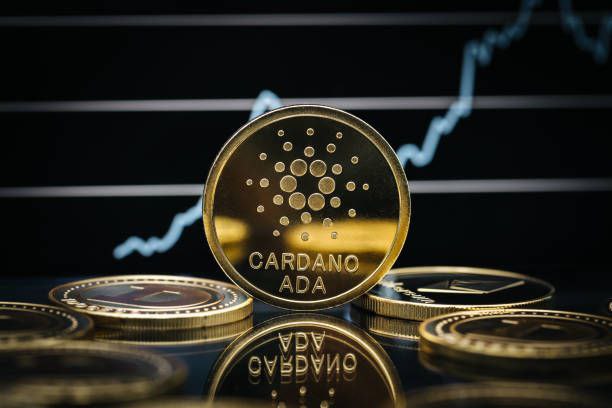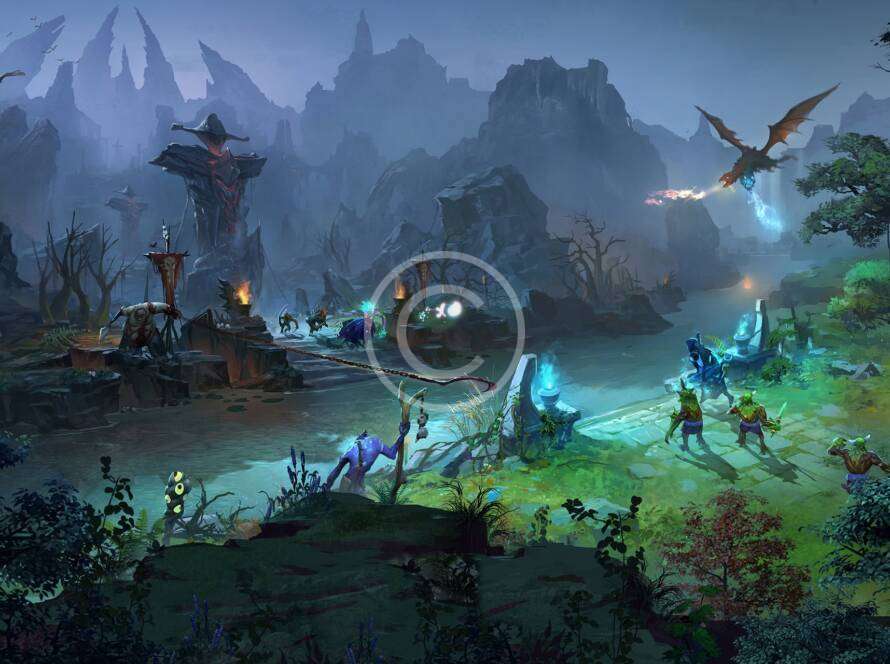Non-Fungible Tokens (NFTs) have revolutionized the digital art and collectibles world, offering a unique way of owning and trading digital assets. With the emergence of Cardano, a third-generation blockchain known for its eco-friendly and scalable architecture, there’s growing interest in building NFT marketplaces on this platform. This guide will walk you through the essential steps to create a Cardano NFT marketplace website, a hub for artists and collectors to buy, sell, and trade NFTs with ease.
Understanding Cardano and its Advantages
Before diving into development, familiarize yourself with Cardano. It’s a blockchain platform that uses a proof-of-stake algorithm, making it more energy-efficient than traditional proof-of-work systems. Its native token, ADA, is used for transactions within its network.
Step 1: Conceptualize Your Marketplace
First, outline what you want your marketplace to look like. Decide on the target audience, types of NFTs to support (art, music, videos, etc.), and any unique features that will set your platform apart. This phase is crucial for defining your project’s scope and objectives.
Step 2: Learn About Cardano Smart Contracts
Cardano uses Plutus as its smart contract platform. Gain a solid understanding of Plutus and Haskell, the programming language used for writing these smart contracts. Smart contracts are essential for handling the logic of NFT transactions on your marketplace.
Step 3: Set Up a Cardano Node
You will need to run a Cardano node to interact with the Cardano blockchain. This node will be crucial for processing transactions and smart contract executions. Follow the official Cardano documentation to set up your node.
Step 4: Design the Marketplace Interface
Focus on creating an intuitive user interface (UI) and a seamless user experience (UX). Your platform should be easy to navigate, allowing users to effortlessly browse, buy, sell, and mint NFTs. Consider employing a professional UI/UX designer if necessary.
Step 5: Develop the Backend
The backend of your marketplace will handle the business logic, interact with the Cardano blockchain, manage user accounts, and store data. Choose a suitable backend technology stack that works well with blockchain technology.
Step 6: Integrate with Cardano Blockchain
Integrate your marketplace with the Cardano blockchain. This involves connecting your application to your Cardano node and implementing the smart contract logic for handling NFT transactions.
Step 7: Ensure Security and Compliance
Security is paramount in a blockchain environment. Implement robust security measures to protect user accounts and transactions. Ensure compliance with legal standards for trading digital assets in your jurisdiction.
Step 8: Test Your Marketplace
Thoroughly test your marketplace for both functionality and security. Conduct smart contract audits, user testing, and performance testing to ensure that your platform is reliable and user-friendly.
Step 9: Launch and Marketing
After testing and final adjustments, launch your marketplace. Develop a strong marketing strategy to attract users to your platform. Engage with the NFT community, utilize social media, and consider partnerships with prominent artists or influencers in the space.
Conclusion
Building a Cardano NFT marketplace website is a complex but rewarding venture. It requires a solid understanding of blockchain technology, smart contracts, and a keen eye for user experience design. By following these steps and staying committed to continuous learning and improvement, you can create a successful and secure platform that stands out in the growing world of NFTs.




